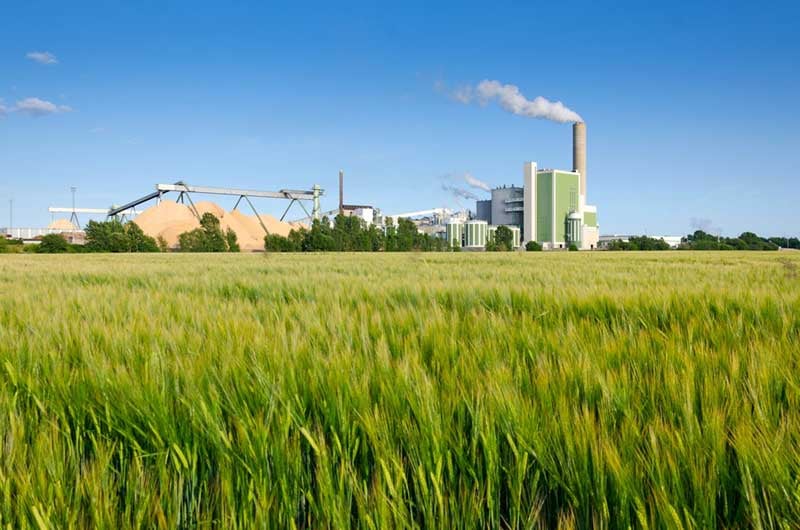As industries across the world embrace modern techniques of producing goods, shipping products and maintaining business operations, the strive for efficiency has vaulted to the top of the agenda. The benefits of economical practices are twofold - not only will organizations increase margins and benefit financially, they can also reduce their carbon footprint and reduce global energy consumption.
In the U.S., it is crucial for the manufacturing industry to become the model of sustainability. It is industry that drives the American economy, and as more companies build factories in the states as opposed to overseas, the way those organizations implement environmentally-friendly practices will have a big impact going forward. Powdered metals can help a manufacturer reach that goal by providing parts that reduce waste and increase usage of recycled metals.
Manufacturers look to shake their image
When someone outside of manufacturing envisions a factory, that person will likely picture a grey building filled with powerful equipment that uses up a lot of electricity. Unfortunately, that isn't too far off - the EPA estimates that, as of 2012, 20 percent of CO2 emissions came from the industrial sector.
In addition, existing coal-fired plants will emit 300 billion tons of carbon dioxide over the course of their lifespan, according to a study from Princeton University and the University of California-Irving. Those plants create electricity for people and businesses across the country.
It will be the combination of many smaller, incremental steps that will buck the trend of unsustainable energy use. The switch to powdered metal over wrought or cast metal parts is one of those necessary advancements.
The net-shape concept
If the U.S. wants to reduce its carbon dependency, it could start by reducing the need for coal-generated electricity. One of the ways to do that is for manufacturers to use more efficient methods. That's where powdered metals come in - the powder metallurgy process eliminates steps in the manufacturing process, reduces waste and utilizes recycled materials.
A white paper from the Metal Powder Industries Federation discussed the importance of the idea of net-shape in powdered metal manufacturing. Net-shape means the original shape of a part is close to the end product - in other words, there is limited need for additional shaping, leading to more efficient materials use.
In the case of a truck transmission notch segment, powder metallurgy can eliminate 11 steps from the original manufacturing process, bringing the total from 17 steps to six. The remaining powdered metal process requires 1.243 kWh per part, as opposed to the original 2.847 kWh. In addition, any metals not used in the powder metallurgy process can be recycled again, resulting in a 95 percent material utilization rate. By comparison, the material utilization for the original manufacturing process for this specific truck transmission piece was a mere 54 percent.
Net-shape is integral to the environmental benefits of powdered metals. The high material utilization minimizes these manufacturers' contributions to landfills and the energy saved by eliminating steps in the process reduces plants' carbon footprint.

There's no reason manufacturing and sustainability can't coexist.
Powdered metal parts can improve end use efficiency
The benefit that powdered metals can have on economical practices does not stop at the manufacturing level. These materials can have an impact at several levels, from that first point of creation all the way down to end use.
Once the custom metal parts are furbished, they become a component of some other product, be it automotive, appliance or otherwise. But before the piece is even incorporated, an organization can tweak the part's design to make it even more efficient. That could mean combining two smaller components into a single unit or reshaping the piece altogether. The right metal products company will work with the manufacturer to find the most efficient design possible.
Then, once that metal piece is part of a car, washing machine and so on, it continues to improve efficiency. Powdered metals can be impregnated with lubricant that lasts the lifetime of the part, allowing it to reach optimum performance and cut down on excess grease.
In these ways, powdered metals can position themselves as the green - and more logical - alternative to other, traditional metal working techniques.


COMMENTS